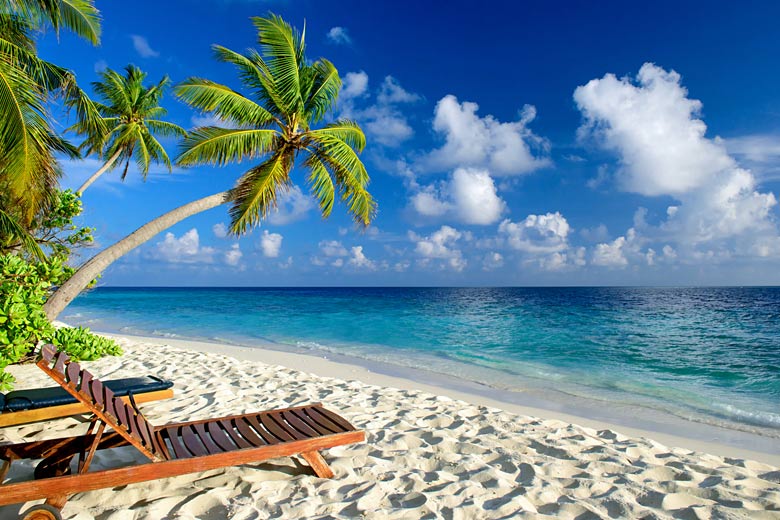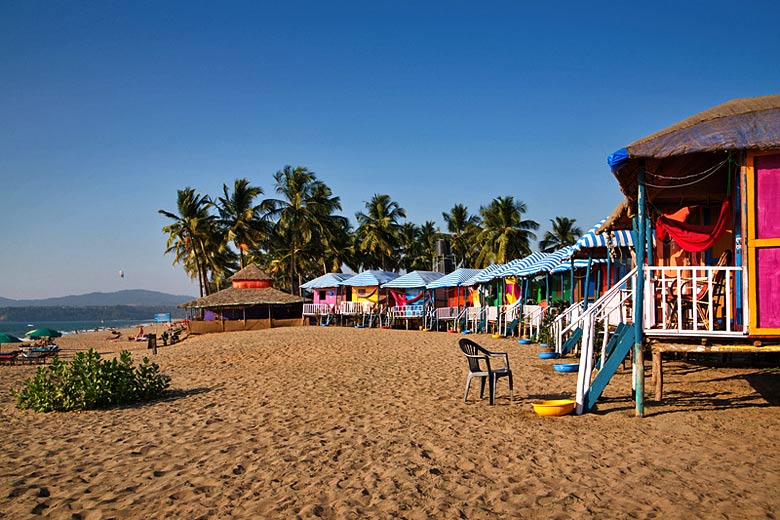- Book online with TUI & save up to 7% on holidays
- FREE child places available for select holidays
- Pay £0 deposits with direct debit & spread the cost
Best time to visit Goa
The best time to visit Goa (Panaji) is in September based on our default weather conditions. Update your weather preferences to see which months best match.
- Best time to visit
- Weather by month
- 5-day weather forecast
- Destinations
- Travel guide
- Deals & discounts
Goa by month
Jan Feb Mar Apr May Jun Jul Aug Sep Oct Nov Dec
Recommended for Goa
Top Goa destinations
Below are the temperatures expected today at popular countries, regions and places in Goa. Select a destination to compare today's forecast with average weather conditions.
All Goa destinations
- Agonda Beach
- Anjuna
- Arambol Beach
- Arpora
- Arrosim
- Baga
- Benaulim
- Betalbatim
- Bogmalo
- Calangute
- Candolim
- Cavelossim
- Colva
- Dona Paula
- Majorda
- Miramar
- Mobor
- Morjim
- Panaji
- Sinquerim
- Vagator
- Vainquinim
- Varca
When is the best time to visit Goa?
The best time to visit Goa (Panaji) is in September based on the following average weather conditions.
Maximum daytime temperature = 22 - 30°C [remove]
Daily hours of sunshine = 8 hours or more [remove]
Change the criteria to reflect your weather preferences.
Max Day Temperature (°C)
- Jan
 32
32 - Feb
 32
32 - Mar
 32
32 - Apr
 33
33 - May
 33
33 - Jun
 30
30 - Jul
 29
29 - Aug
 29
29 - Sep
 30
30 - Oct
 32
32 - Nov
 33
33 - Dec
 33
33
Best time to visit
The weather guide for Goa (Panaji) shows long term weather averages processed from data supplied by CRU (University of East Anglia) & today's weather forecast provided by meteoblue. Find out more about our data sources.
Metric (°C / mm) | Imperial (°F / inches)
Goa overview
Goa is India's smallest state and lies just 15 degrees north of the equator about half way down the west coast of India on the Arabian Sea.
It has a tropical climate with daytime temperatures that vary only by a degree or two from summer to winter. In summer it is hot and wet and in winter, hot and dry.
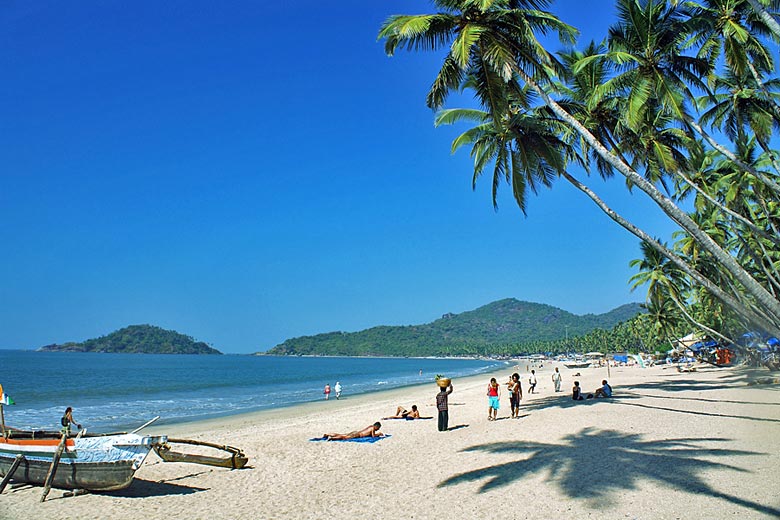
The main factor affecting the weather in summer is the south-west monsoon which blows off the Indian Ocean from June to September bringing very cloudy and wet conditions.
At this time of year it can rain continuously for days on end and the sea can also become dangerously rough.
The sun is more directly overhead yet the amount of cloud and rain actually prevents daytime temperatures from rising as high as they do in winter.
In terms of temperature expect 30°C on most days falling only 5°C lower to the mid 20s at night.
By November the monsoon has usually subsided and a dry winter season follows when there is less heat and humidity and night-time temperatures are noticeably cooler.
From the beginning of December to the beginning of March Goa experiences more or less wall to wall sunshine with up to 10 hours a day.
Day time temperatures rise well into the 30s Celsius but drop by a good 12°C at night, while rain is practically unheard of. For obvious reasons this is the high season for tourism.
After the equinox in March, when the sun crosses the equator once more, temperatures rise again up to the onset of the monsoon in June.
There is still a lot of sunshine, for example 10 hours in April, but the very high heat and humidity can make it feel uncomfortably hot.
What to pack for Goa weather
Light-weight cotton clothing is best year round in Goa and be prepared for heavy rain from May to November.
More about Goa
Explore our complete guide to Goa with the latest travel advice for travellers and holidaymakers including official updates and local travel tips for Goa.
Goa travel guide - essential info
Below is a beginner's guide to Goa with essential travel facts such as dominant language spoken, typical flight time from the UK and the local currency. You can also check whether visas are required and what plug adapter you need to pack.
| Goa - quick facts | |
|---|---|
| Flight time✝ | 10 hours |
| Time difference | UK +5.5 hours |
| Language(s) | Hindi, English |
| Currency | Indian Rupee |
| Electricity | C + D + M plug (230V) |
| Driving side | Left |
| Visa✝ | Yes |
✝ = Typical flight time from the UK and visa requirements for UK travellers.
| Travelling to Goa? | |
|---|---|
| Holidays Hotels Flights Things to do eSIMs |
Goa travel guidance
Check the latest travel guidance and advice on visiting Goa from official government sources (in english) from around the world including entry requirements and travel restrictions.
- UK traveller advice for Goa - UK FCDO
- Irish traveller advice for Goa - Department of Foreign Affairs, Ireland
- Safe travel advisories for Goa - Ministry of Foreign Affairs, New Zealand
- Smarter traveller advice for Goa - Department of Foreign Affairs, Australia
Learn more about the current safety and security risks from terrorism, natural disasters and more. Read about the local laws and customs to consider when travelling around Goa.
Note: UK FCDO - UK Foreign, Commonwealth & Development Office
Goa travel health
Find out more about staying safe when travelling to Goa with the latest guidance on required vaccinations and recommended medication to take with you.
- Vaccines & medicines for Goa - CDC
- Health & vaccinations for Goa - TravelHealthPro, NaTHNac
- How to stay safe & healthy in Goa - Fit for Travel, Public Health Scotland
Check out the general travel tips for staying safe and healthy in Goa, risks of preventable diseases and what to pack.
Note: CDC - Centers for Disease Control and Prevention
Goa travel features
Do you want to learn more about Goa? Read our latest features covering travel tips and insider destination guides on where to go and what to do in Goa.
Goa FAQs
Read our frequently asked questions about travelling to Goa including the current entry restrictions, driving side, electrical plugs used and much more.
Which is the hottest month in Goa?
The hottest time of year in Panaji, Goa is normally May. Expect maximum daytime temperatures to reach 33°C with very high heat and humidity.
Which month has the most rain in Goa?
In terms of rainfall, July is usually the wettest month in Panaji, Goa with 923mm on average. There are normally 25 days in July with some rain.
When is it sunniest in Goa?
The sunniest time of year in Panaji, Goa is normally January with bright sunshine on average for 88% of daylight hours; that's 10 hours of sunshine per day.
When is the sea warmest in Goa?
The sea is usually at its warmest in Panaji, Goa in May when the water temperature reaches 29°C.
What is the flight time to Goa from the UK?
The flight time to Goa from the UK is typically 10 hours.
What is the time difference between Goa and the UK?
The time difference between Goa and the UK is UK time+5.5 hours.
What is the main language spoken in Goa?
The main languages spoken in Goa are Hindi and English.
Learn a language for Goa with Busuu*, Rocket Languages* and Rosetta Stone*.
What is the currency in Goa?
The currency in Goa is the Indian Rupee (INR).
Send money to Goa with Wise.com*, World Remit* and XE Money Transfers*.
Which plugs are used in Goa?
Goa uses electrical plug type C + D + M (230 Volts).
Which side of the road do they drive on in Goa?
They drive on the left side of the road in Goa.
Find out more about driving in India with International Drivers Association*.
Do you need a visa for Goa?
Yes, UK passport holders do need a visa to enter Goa.
Check India visa requirements for all passport holders with VisaHQ*.
Goa travel deals
Holidays to Goa
Check out the latest deals, discount codes and special offers on holidays to Goa in 2026/2027. Pay low deposits and save with last minute holiday availability and free kids places.
- Book online with TUI & save up to 7% on holidays
- FREE child places available for select holidays
- Pay £0 deposits with direct debit & spread the cost
- Book flexible holiday accommodation in Europe
- Cancellation period varies by property & travel dates
- Book villas, cottages, apartments, houses & cabins
- Book holidays in 2025/2026 from just £149 per person
- Destinations include Portugal, Spain, Greece & Egypt
- Pay low holiday deposits from £49 per person
- Book early & save on worldwide holidays in 2026
- Explore destinations in North America, Caribbean & more
- Pay low deposits from £175 per person
- Book online & save on long haul holidays in 2025
- Destinations include New York, Caribbean & beyond
- Ideal for summer, winter & half term family holidays
- Explore cheap accommodation around the world
- Choose from over 36,000 properties across the globe
- Get instant confirmation & 24/7 customer service
- Check out holiday rentals for £100 per night or less
- Browse property locations by map or enter travel dates
- Filter deals by free cancellation, cleanliness & more
- Save on holidays in 2025/2026 with latest deals & offers
- Offers include free upgrades & extras + low deposits
- Browse the best deals or search by destination & date
Flights to Goa
Hotel chains in Goa
Be inspired
Get your weekly fix of holiday inspiration from some of the world's best travel writers plus save on your next trip with the latest exclusive offers
We promise not to share your details
Related posts
Popular travel offers
Explore holiday destinations
- Beach holidays
- City breaks
- Family holidays
- Half term holidays
- Spring holidays
- Summer holidays
- Autumn holidays
- Winter sun holidays
- Honeymoons
- Coolcations
- Compare places
- Ski resorts
Save with latest deals & discounts
- Holiday offers
- Top travel brands
- Airlines & flights
- Discount hotels
- TUI
- Jet2holidays
- Neilson
- Marella Cruises
- Pierre & Vacances
- Caledonian Travel
- Club Med
- Boxing Day sales
Airport parking
- Manchester Airport
- Stansted Airport
- Bristol Airport
- Luton Airport
- Birmingham Airport
- Edinburgh Airport
- Gatwick Airport
- Glasgow Airport
- Newcastle Airport
Airport lounges
- Manchester Airport
- Birmingham Airport
- Bristol Airport
- Edinburgh Airport
- Glasgow Airport
- Heathrow Airport
- Newcastle Airport
- Stansted Airport
- Gatwick Airport











 TUI deal finder
TUI deal finder




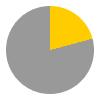
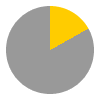


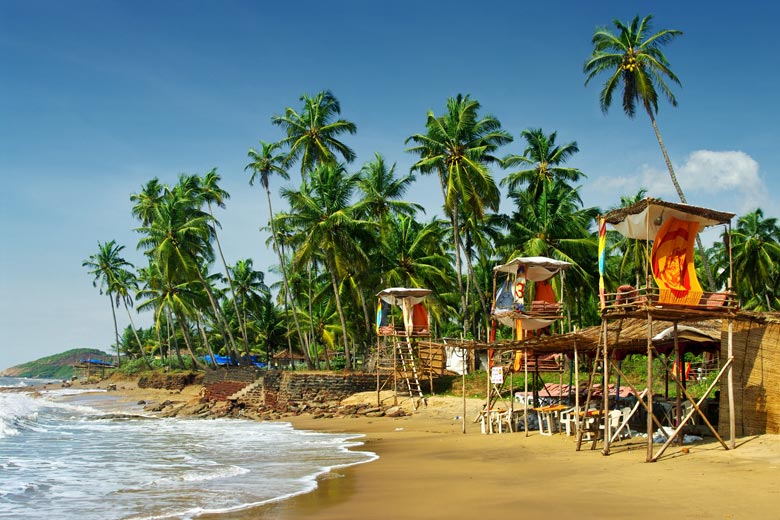
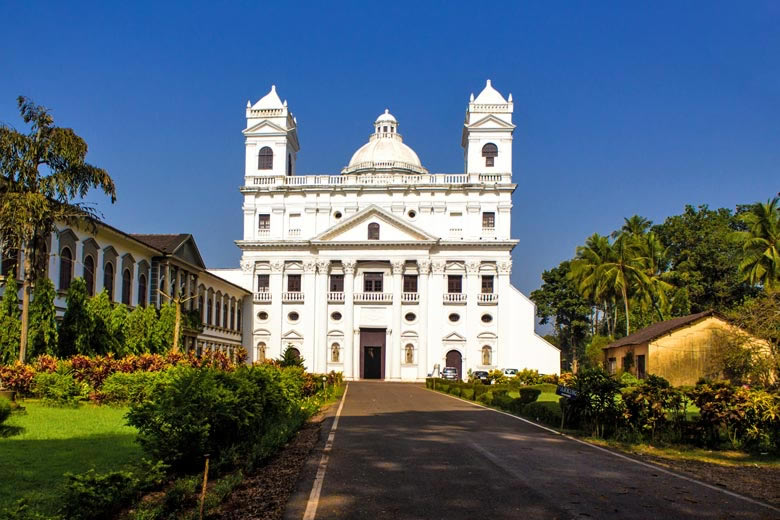
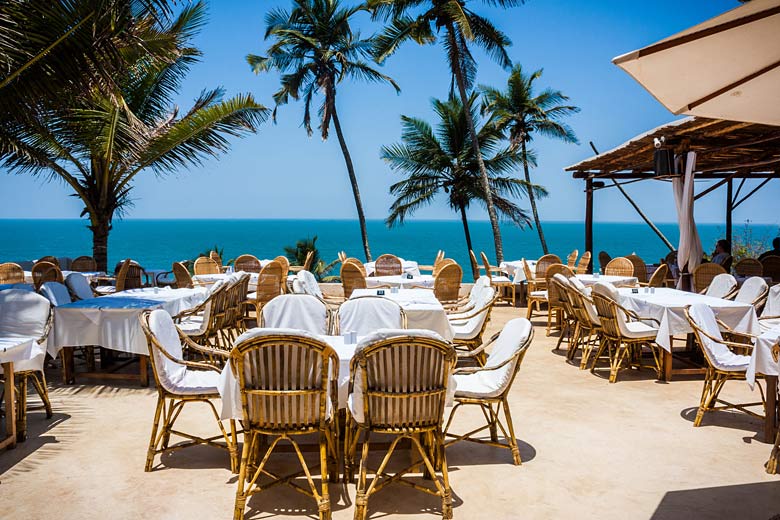
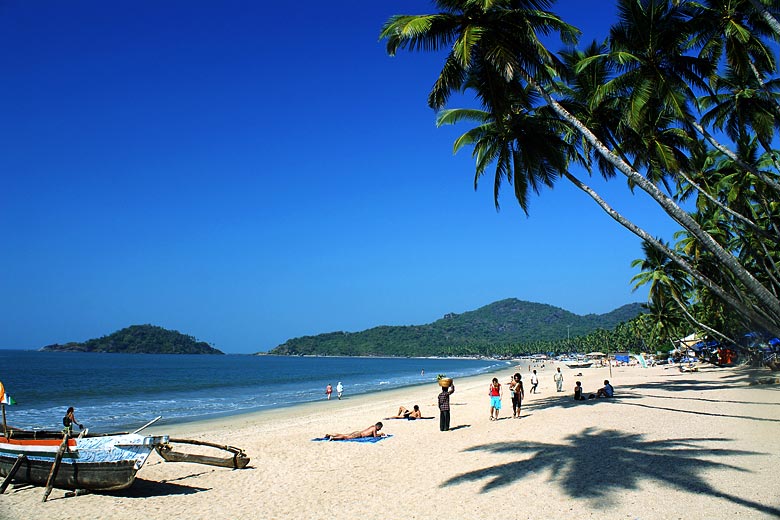


 Holiday rental finder
Holiday rental finder











